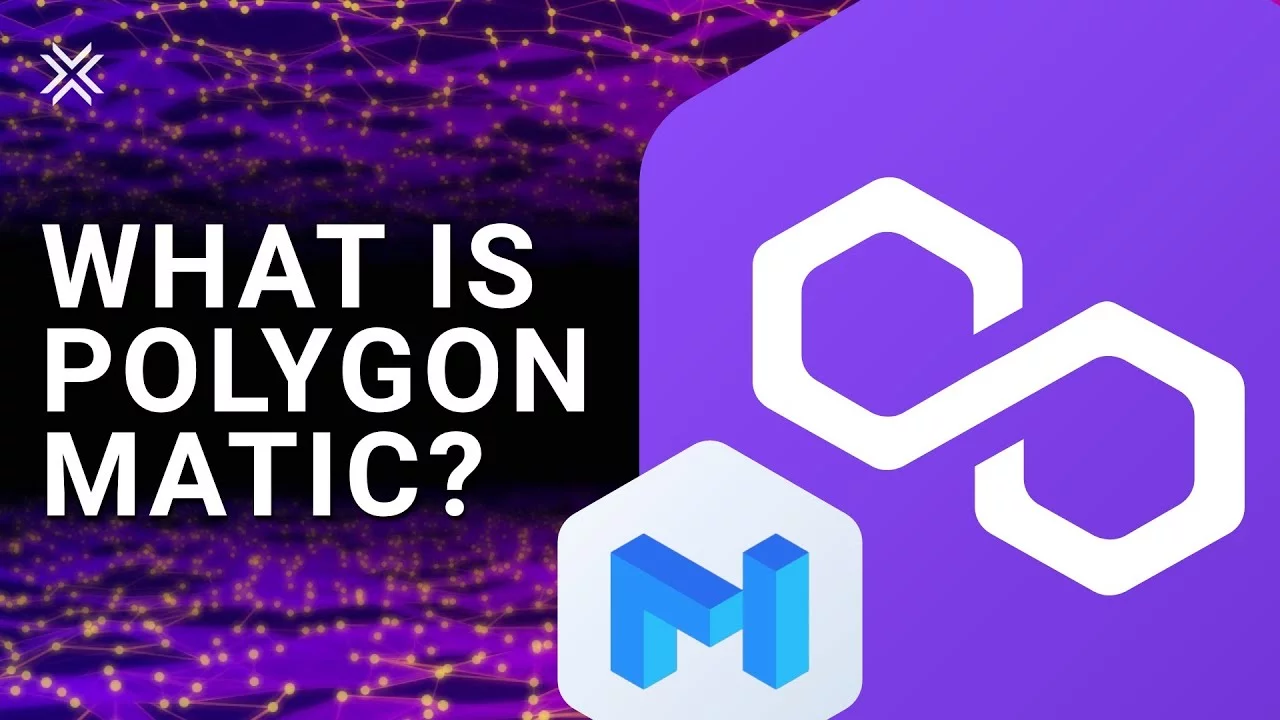Ethereum has a scaling problem. With increasing demand and congestion, simple transactions are costing an average fee of above $20, with more complicated transactions nearer to $100. And the fees are starting to price the average person out.
Polygon, formerly known as the Matic network, is out to fix this. And just to be clear, while the Matic network’s name has changed to Polygon, the token name still remains as Matic.
What is Polygon and what is Matic? Can it help to scale Ethereum for a global user base?
Ethereum is a much loved and highly-utilized network – be it for swapping coins without KYC, minting NFTs or farming huge yields on experimental DeFi applications. But its popularity has made its scaling problem, a massive problem. Everyday users are reporting leaving transactions stuck or abandoned because they simply cannot afford to move their funds. And Migrating to another network is deemed as a last resort for diehard crypto fans. Needless to say, scaling is a real “Pain in the Gas” for Ethereum and does not bode well for future adoption.
Ethereum 2.0, which is meant to fix this is not supposed to be ready until much later in 2022. So, what can we do in the meantime?
Well there’s L2 or Layer 2 solutions. So Layer 2 solutions are solutions designed to help Ethereum scale by handling transactions off the main Layer 1 Ethereum chain. Using smart contracts, on-chain transactions are delegated to side chains to extend utility and ease congestion. But when it comes to security, proofs to guarantee validity remain on the trusted Ethereum chain.
Matic is a Plasma-based Layer 2 solution. But with the recent shift to Polygon, Matic has evolved beyond a Layer 2 solution into a powerful catch-all ecosystem made up of Layer 2 solutions, secured Layer 2 chains and standalone sovereign blockchains with Ethereum at the heart of it all. Polygon calls itself a “one-of-a-kind Layer 2 aggregator” and “Ethereum’s Internet of Blockchains”. There are several layers to how this will work. Let’s unravel the Polygon.
As a Layer 2 solution aggregator, Polygon will offer support and interoperability for all Layer 2 solutions on top of its existing Matic Proof-of-Stake Chain and Matic Plasma Chains (which remain fully functional and will remain as important components of the Polygon ecosystem). This means projects built on Ethereum will have the advantage of choosing the scaling solutions that best fits their needs.
With this new strategy, Polygon will rise above the other Layer 2 solutions and instead be on par with other multi-chain platforms like Polkadot, Cosmos and Avalanche. Polygon will have Ethereum as its base layer. This offers significant advantages over the other platforms! Finally, Polygon will be an Ethereum native, built on Ethereum, and hence not only adhering to its ethos but also readily interoperable with all existing and future Ethereum infrastructure.
Polygon’s ambitious multi-chain architecture will provide a much-needed framework for Ethereum interoperability with other Layer 2 solutions, sovereign blockchains and secured Layer 2 sidechains. In short, it will be Polkadot’s multi-chain vision but fully built on Ethereum.
What about the MATIC token? MATIC holders will be glad to know that there will be no changes here. Polygon will still utilize the MATIC token for validator staking and network transaction fees will continue to be paid in the MATIC token. Also the token will gain more utility as it will be used to further secure and incentivize the network and assist in governance of the new Polygon system.
What are your thoughts on Polygon? Is it the ultimate scaling solution Ethereum fans have been waiting for?


No comments yet